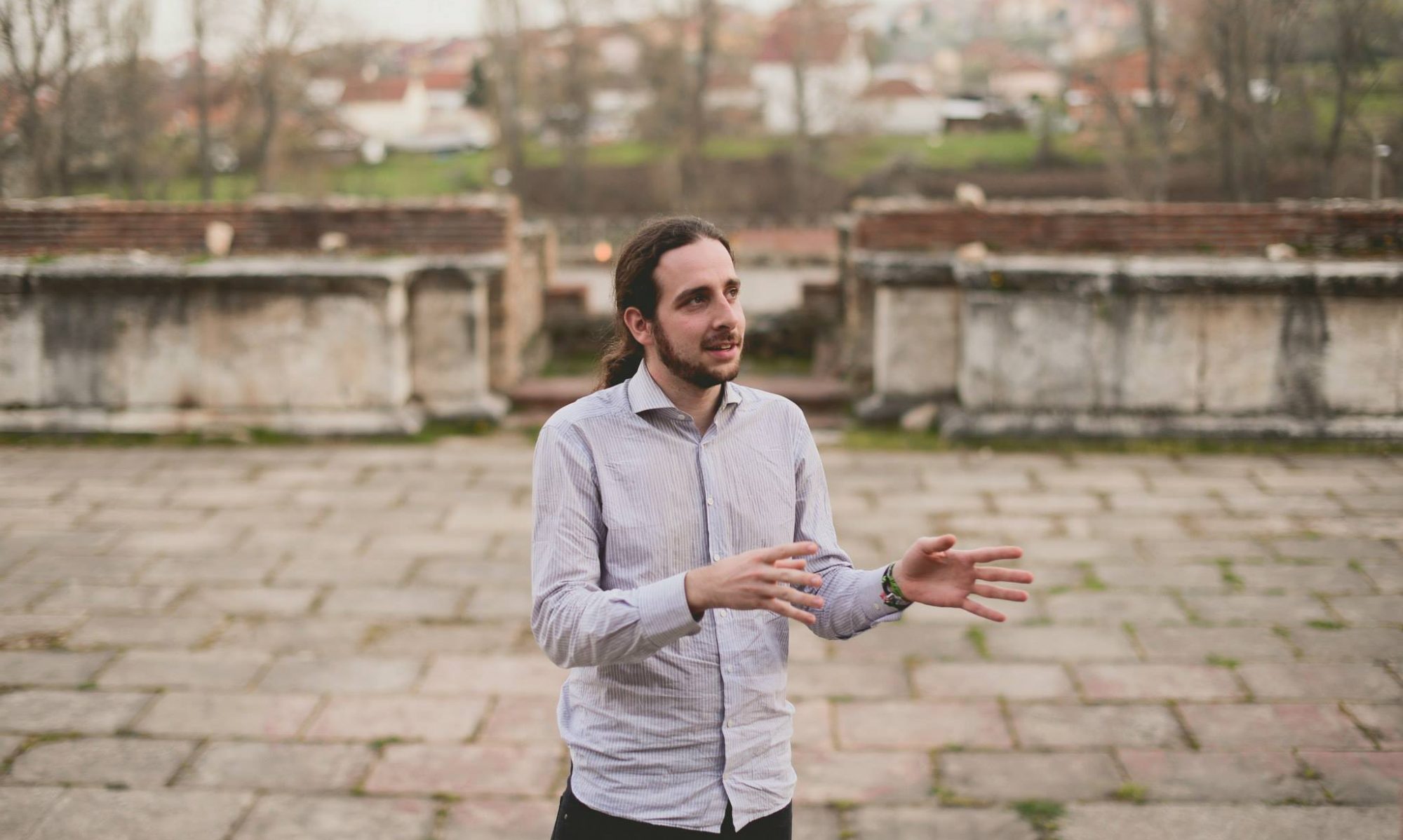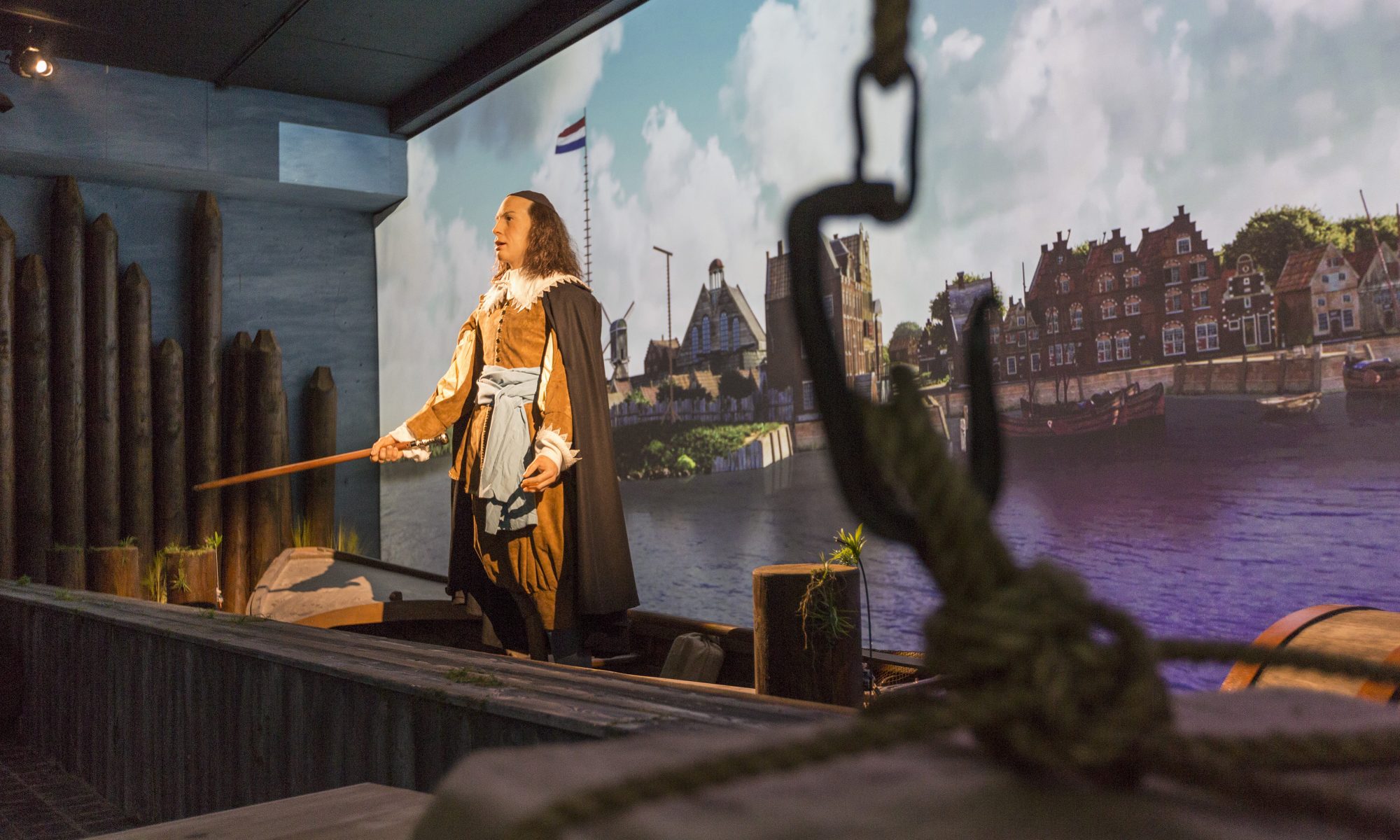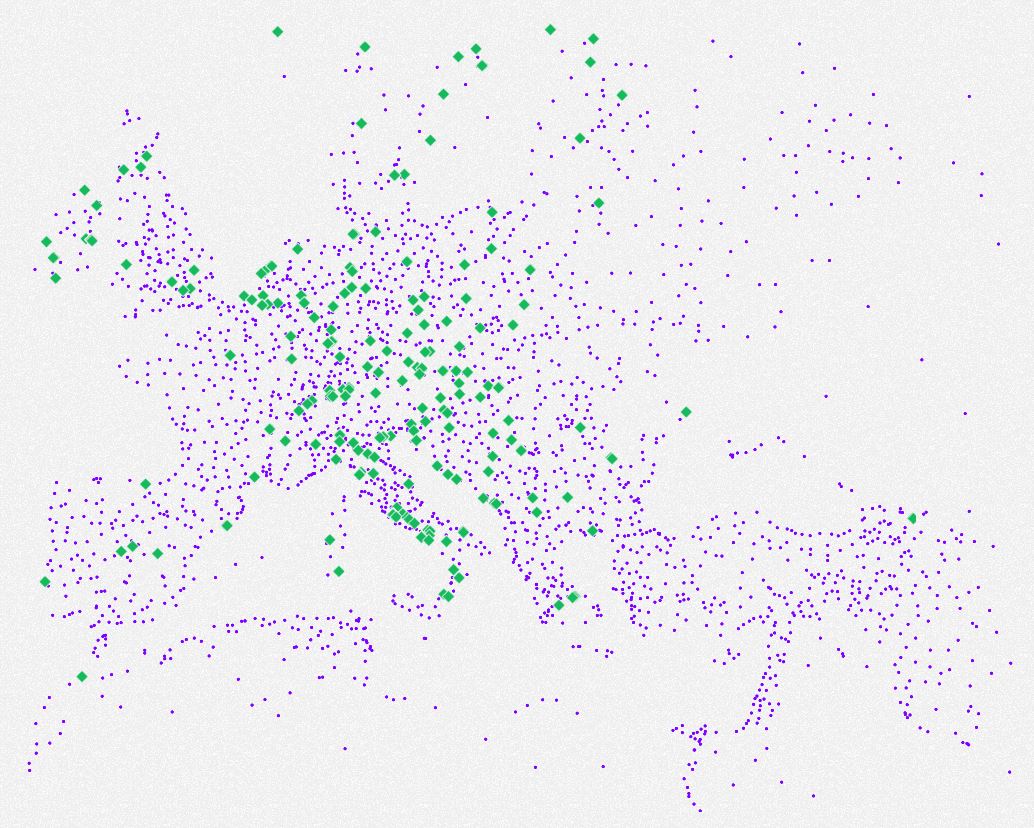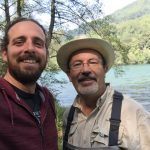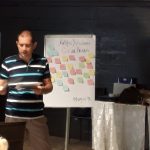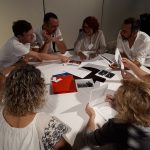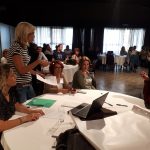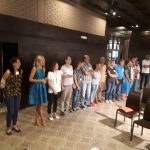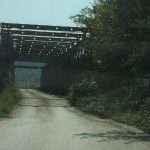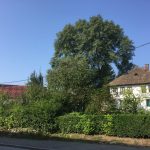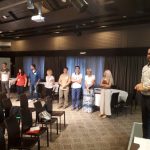Since I started as an independent consultant two years ago, in May 2018, I have been basically roaming my network and professional habitat in various roles. Having worked in the NGO sector in my previous position at EuroClio, I felt the need to sort of analyse what I had been doing and mold it into some kind of report. Possibly this effort is useful others out there working as or with freelancing folk. In addition, I am writing this as an attempt to clear my mind as to the question whether I should make more efforts to join an organization, or continue as self-employed.
Work as a (public) historian
What was surely a lot of fun is to rediscover my enthusiasm for diving into a historical subject, reading about it, finding primary source material and writing about it. The subjects included water, football and the Holocaust:
Doing research about the social, cultural, political and environmental history and heritage of water in The Netherlands helped me to find iconic stories which I recommended by investigated to be used as experiences or attractions in a theme park Madurodam. Depending on future developments of the park, further such key themes in Dutch history might be explored.
Gathering primary sources related to the persecution of Jewish people in The Netherlands got me re-acquainted with the importance of local and personal histories, while testing the waters of the politics of remembrance and/or values and intercultural citizenship education. These sources are used in an online learning environment called Wordt gemist, connected to the Holocaust Memorial Day 2020 activities funded by the Dutch Ministry of Welfare, coordinated by the National Remembrance Committee (4 en 5 Mei) and implemented by the Jewish Historical Quarter.
Working with educators (formal and non-formal) in the Erasmus+ funded EuroClio/Fare Network/Anne Frank House/Eintracht Frankfurt Museum/Romanian Football Federation project “Football Makes History”, I had the chance to start thinking more about the historical and contemporary relations between football and inclusion. Much more research and online communication work will be done in the coming 2 years.
I even was able to do some city tours of Leiden, the city where I studied and lived between 2002-2015. It was nice to learn more about the city’s history and do a city tour for a small group which was part of a large conference group in the ISSA Annual Conference 2019.
Work as a funding consultant
Most of my income came from fundraising gigs. The technical knowledge of project concepts and development helped me engage in great conversations with professionals in various fields, including musicology and higher music education, artificial intelligence and big data, societal and educational anti-discrimination efforts (anti-Semitism and gender equality), social inclusion and social stability, community heritage and even some scattered international relations issues.
It was encouraging to see how well helped professionals (public and private) and academics are with the ability to hire an external fundraiser like me. I could help raise structural issues in their project development, funding vision and planning, while sharing the responsibility to deliver high quality proposals. In the coordination of consortia, i was able to take over most of the communication, and at times negotiations with and between prospective partners.
I learned more about the world of funding by ‘crossing the line’ and working as a reviewer in European programmes, and have grown to even more appreciate the fair approach of combining strict regulations, clear criteria for application and review with notions like inter-subjectivity among the reviewers and proportionality with regard to the applicants experience, status and size. The careful work of reading, noting, analyzing, interpreting, judging and deliberating took a lot of time, but absolutely interesting and rewarding.
It was also interesting to see better how to sell myself in this field. I try to be super cautious about expectations and have avoided ‘no cure, no pay’ constructions. After all, it is quite weird that there even is such a job as paying somebody to get money from somebody else.
Work as a manager In the project Wordt gemist, I also got further in the role of project coordinator, setting up small input sessions with educators and joining working meeting within a development team, including museum educators, creative designers and webdevelopers. It was insightful to understand mechanism inside larger organisations and get a closer look at agile and scrummy ways of work.
Work in education
Even if I worked for a long time with teachers and in the field of school (history) education, it was relatively familiar to work in this sector, but the challenges in the Dutch education system (working pressure and set hierarchies) were kind of new to me. In the Our 400 Design Thinking project related to the 400 commemorative year of the journey of the Mayflower, I hope in the coming year to support teachers and students in Leiden (NL) and Plymouth (USA) to co-design a joint commemoration which takes into account many, if not all perspectives. This should be fun!
Creative work
Of course, one of the reasons to quit my previous job, was to do with a need for creative head-space. I explored some strange ideas:
- With people over at Naturalis and some creative people, we’ve been exploring the possibilities of burying a sperm whale next to a school yard, and work with pupils to unearth the majestic creature as it is decomposing in stages, thus analysing and learning about the process.
- There was a draft of a children’s good night story about told from the perspecive of an atlas disc and it’s evolution in sizes.
- With Stefano di Pietro we explored some new ways to tall a dystopian future of the European institutions.
And several other which still roam as figments.
Listening and talking
Finally, it should be mentioned that in between all of the above, thanks to the many conversations with cool and interesting people, it’s not so much tangible ideas which always emerge, as much as good energies and trust to build new cooperation in the future. Networking, but also somehow…karma? I think that I’ve helped connect a number of dots and opened several doors to different people. Always a good feeling to help out through the mere act of introduction-making.
Conclusion
It’s kind of great to be able to do this work, sometimes confusing and still pretty uncertain. Going back to full-time employment has to come with clear alignment on the interests above. Let’s see!
